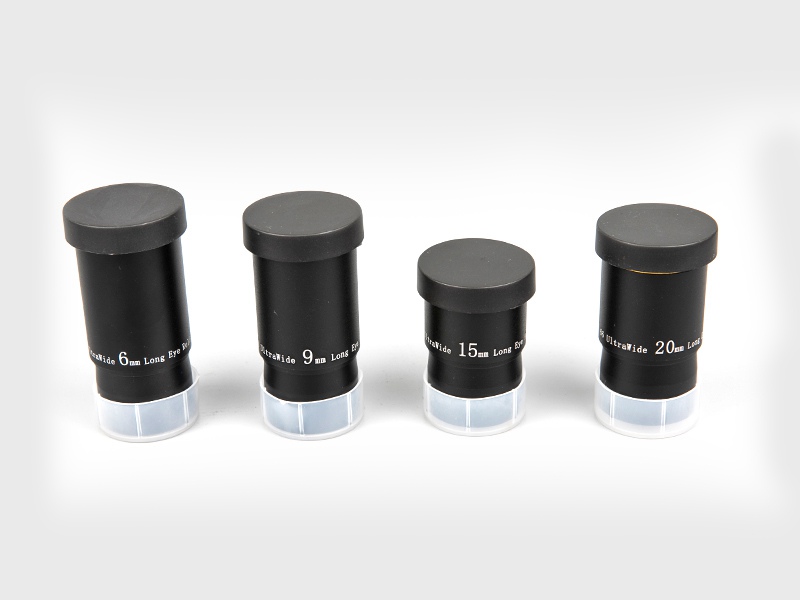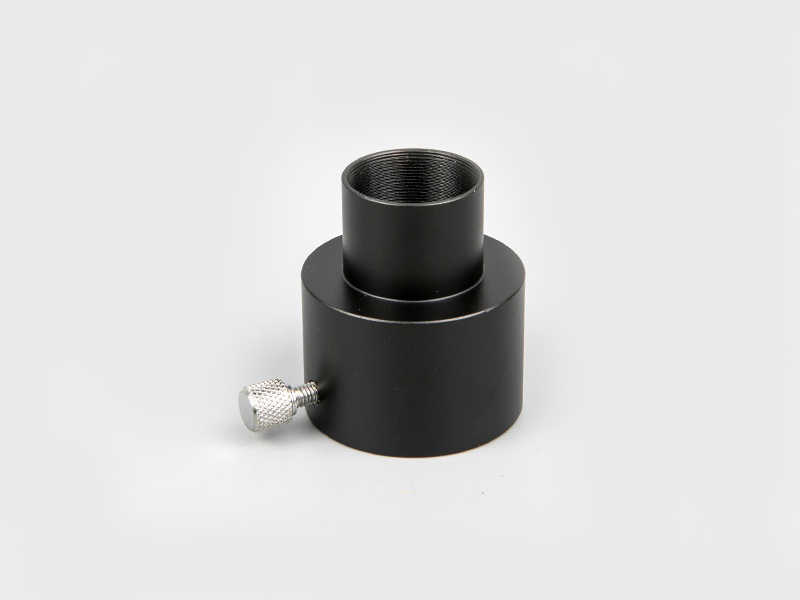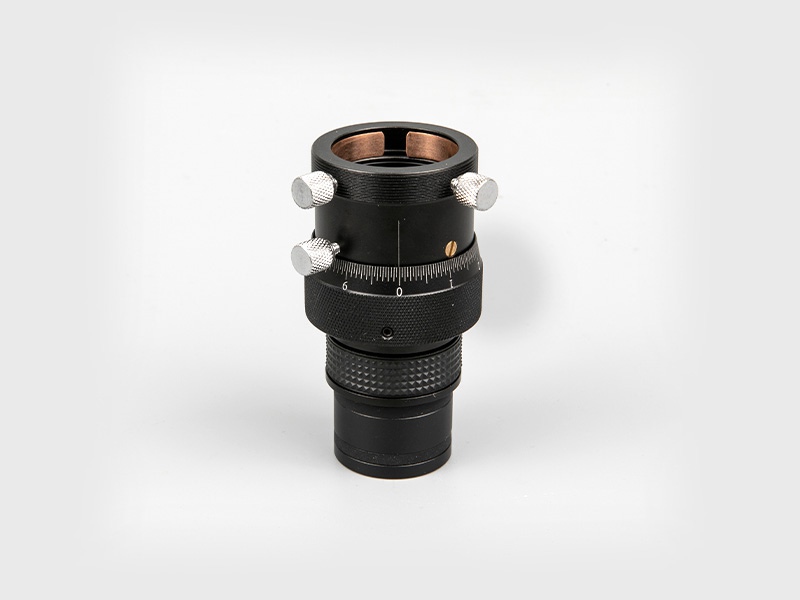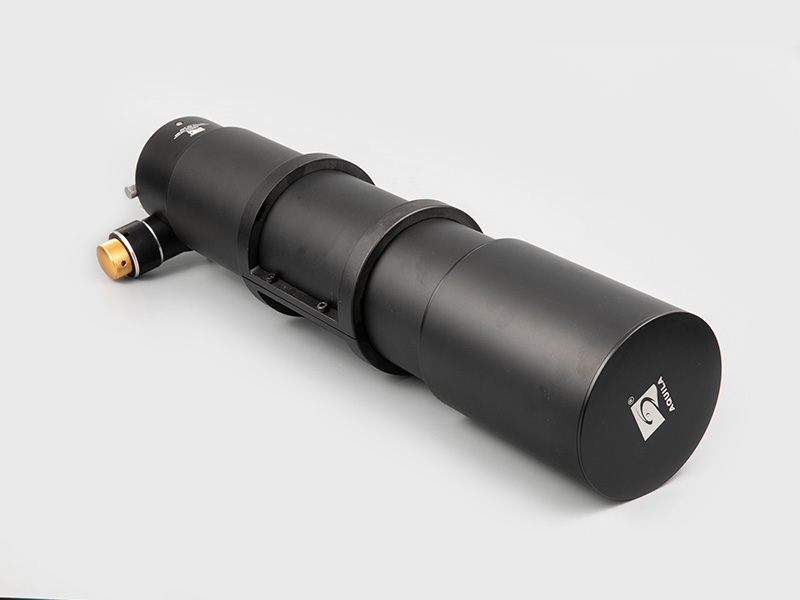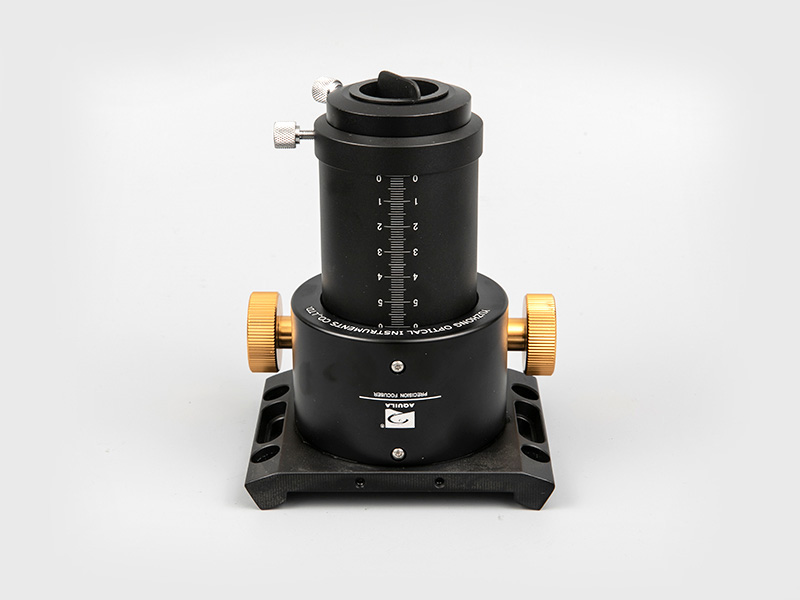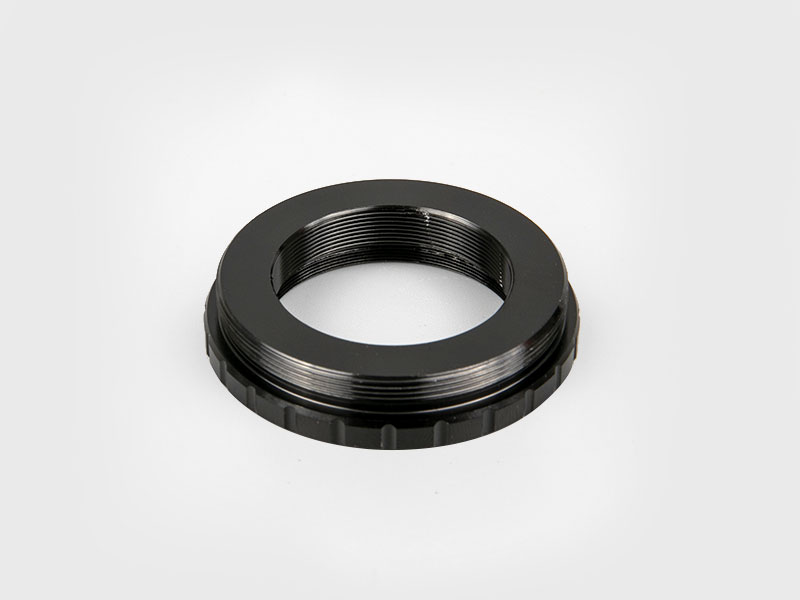With the development of the times and the development of science and technology, many instruments and equipment have also been invented. The astronomical telescope is an amazing instrument that can make distant objects appear very close. The astronomical telescope lens is the main tool for observing celestial bodies and obtaining information on celestial bodies. With the continuous development of telescopes, from the optical band to the full band, from the ground to the space, the telescope's observation ability is getting stronger and stronger, and more and more astronomical information is captured. At present, human beings have telescopes such as electromagnetic wavebands, neutrinos, gravitational waves, and cosmic rays.
1. Effective diameter: refers to the effective diameter of the objective lens, usually represented by D; that is the diameter of the telescope. The larger the telescope aperture, the stronger the light-gathering ability and the weaker the celestial body. It reflects the telescope's ability to observe celestial objects. Therefore, if economic conditions permit, enthusiasts should choose a telescope with a larger aperture. In the specifications of astronomical telescopes, there are usually marks.
2. Focal length: The focal length of the telescope mainly refers to the focal length of the objective lens. At the same time, it should also be noted in the specifications of the astronomical telescope.
3. Relative aperture: Relative aperture, also known as optical power, is the ratio of the effective aperture d of the telescope to the focal length f, and its reciprocal is called the focal ratio (f/d). The larger the effective aperture, the better the effect of observing extended objects such as planets, comets, galaxies and nebulae, because their imaging illuminance is proportional to the square of the telescope aperture; the imaging illuminance of so-called linear objects such as meteors is related to the relative aperture a and the effective aperture D. is proportional to the product of . Therefore, in astrophotography, care should be taken to select an appropriate effective aperture a or focal ratio. In general, the relative aperture of a refracting telescope is relatively small, usually between 1/8 and 1/20, while the relative aperture of a reflecting telescope is relatively large, usually between 1/3.5 and 1/12.
4. Field of view: The field of view of an astronomical telescope is the ratio of the field of view of the eyepiece to the magnification of the telescope. The field of view of a telescope is inversely proportional to magnification. The higher the magnification, the smaller the field of view. Different apertures, different focal lengths and different optical systems determine the field of view of the telescope.

 English
English 日本語
日本語 Deutsche
Deutsche España
España
